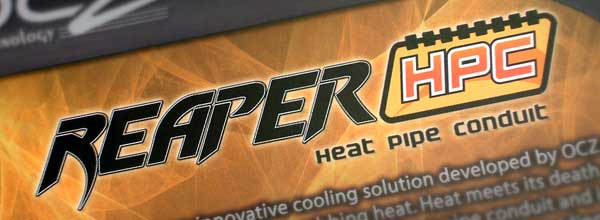Introduction
With the relative standstill in DDR2 development, manufacturers determined to keep pushing DDR2 speed boundries have resorted to increasing voltage and improving cooling. Voltages on performance DDR2 modules now far exceed JEDEC's specification of 1.8v and values of 2.2v and higher aren't uncommon. As a result, these modules need better cooling and the standard heatspreaders that we've seen on performance RAM since the hayday of DDR are being replaced with more effective cooling methods.
We looked at the current DDR2 speed leaders back in March; Corsair's Dominator series and OCZ's Flex XLC series. Both of these product lines are good examples of recent attempts at pushing DDR2 speed boundries and they both utilize high voltages and relatively drastic cooling techniques. While Corsair went with the traditional big heatsink + fan method with their Dominator series, OCZ decided to go the water cooling route with their Flex XLC line. In recent years, heatpipe cooling has gained immense popularity in PC cooling and it was only a matter of time before they would also be applied to our memory. The wait seems to be over because the distinguishing feature of OCZ's latest line of DDR2 memory is the use of a large heatpipe assembly.
|
|
|

OCZ Reaper HPC Edition DDR2 Memory

OCZ's Reaper HPC series originally consisted of two high performance memory kits rated at PC2-9200 and PC2-8500 speeds. Two new kits were recently added to the Reaper HPC line-up, an affordable PC2-6400 kit and a low-latency Enhanced Bandwidth Edition PC2-6400 kit. For the purposes of this article, we have obtained the original PC2-8500 Reaper HPC kit and the new Enhanced Bandwidth Edition PC2-6400.







